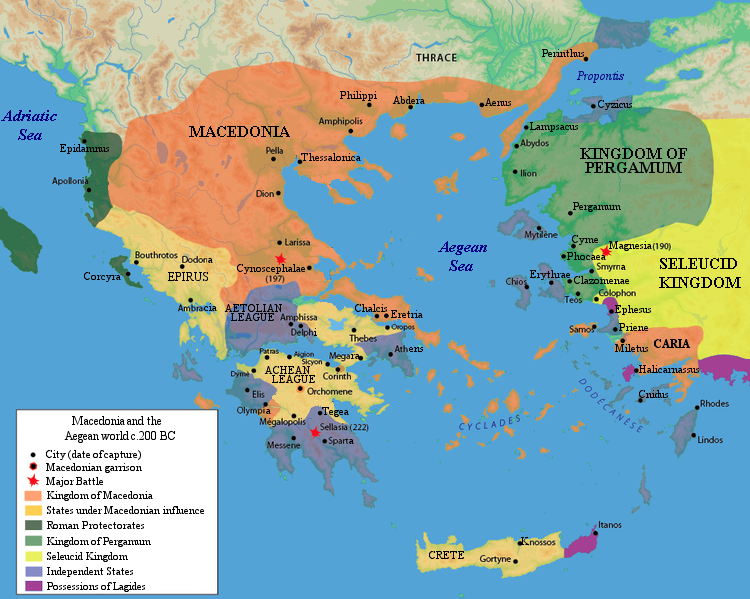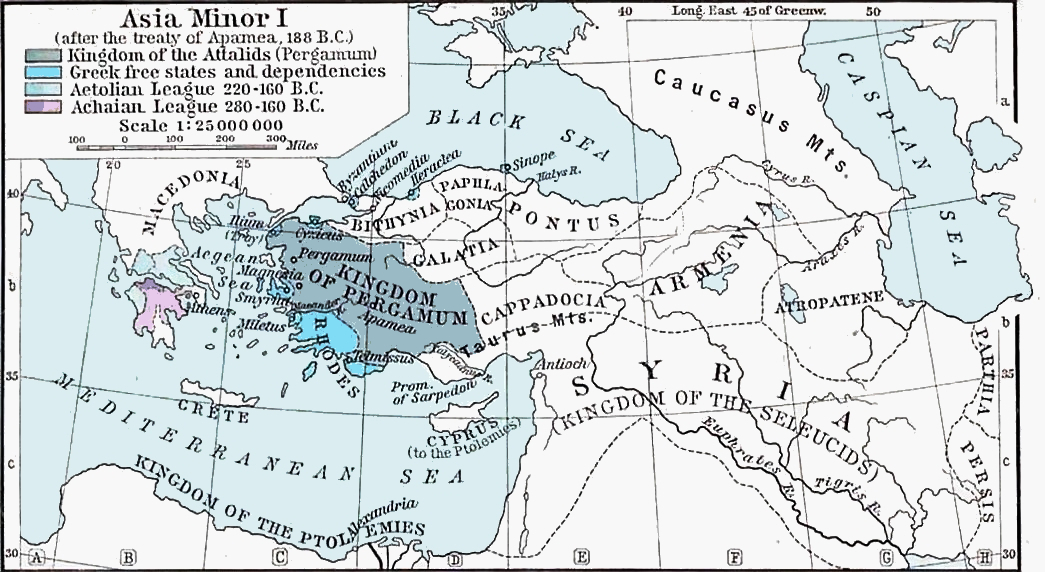
AsianOverland.net
Tour Guide - Itinerary
Asian Overland Sydney to London
Started 22/06/2022 Finished 21/06/2023365 Days ITINERARY
Day 147 date 15/11/2022EPHESUS to PERGAMON, TURKIYE
ASIANOVERLAND.NET SYDNEY TO LONDON DAY 279/147/59: PERGAMON, TURKIYE
15 November, 1980
Pergamon was a rich and powerful ancient Greek city 26 kilometres from the modern coastline of the Aegean Sea on the north side of the river Caicus (Bakırçay) and northwest of the modern city of Bergama, Turkey.
During the Hellenistic period, it became the capital of the Kingdom of Pergamon in 281–133 BC, and transformed into one of the major cultural centres of the Greek world. Many remains of its impressive monuments, including the well-preserved Theatre of Pergamon (pictured), which dates from the Hellenistic period and had space for around 10,000 people, in 78 rows of seats.
At a height of 36 metres, it is the steepest of all ancient theatres. The seating area is divided horizontally by two walkways, and vertically by 0.75-metre-wide stairways into seven sections in the lowest part of the theatre. Below the theatre is a 247-metre-long terrace, which rested on a high retaining wall. This terrace had no space for the circular orchestra which was normal in a Greek theatre, so only a wooden stage building was built, which could be taken down when there was no performance taking place, so the view along the terrace to the Temple of Dionysos at the northern end is unimpeded. A marble stage building was only built in the 1st century BC. Pergamon was the northernmost of the seven churches of Asia (all in Turkiye), cited in the New Testament Book of Revelation:
- Ephesus (Revelation 2:1–7): labored hard and not fainted, and separated themselves from the wicked (2:4)
- Smyrna (Revelation 2:8–11): admired for its tribulation and poverty; forecast to suffer persecution (2:10)
- Pergamum (Revelation 2:12–17): located where 'Satan's seat' is; needs to repent of allowing false teachers (2:16)
- Thyatira (Revelation 2:18–29): known for its charity, whose "latter works are greater than the former" (2:20)
- Sardis (Revelation 3:1–6): in contrast to its good reputation, admonished for being dead (3:2–3)
- Philadelphia (Revelation 3:7–13): known as steadfast in faith, keeping God's word and enduring patiently (3:10)
- Laodicea, near Denizli (see Laodicean Church) (Revelation 3:14–22): called lukewarm and insipid (3:16)
Pergamon is centred around a 335-metre-high acropolis (pictured).
At Ephesus, we enjoy relaxing in the sand after the lamb on the spit for dinner, Mustafa the amateur archaeologist manages to locate and dig up some original Macedonian coins and statues, with images of Alexander, which of course he can sell to us to take home.
Izmir, formerly known as Smyrna to the Greeks in classical antiquity, has more than 3,000 years of recorded urban history, and up to 8,500 years of history as a human settlement since the Neolithic period. Lying on at the head of a gulf, midway along the western Anatolian coast, it has been one of the principal mercantile cities of the Mediterranean Sea for most of its history.
© This work is copyright. Apart from any use permitted under the Copyright Act 1968, no part may be reproduced by any process, nor may any other exclusive right be exercised, without the permission of Peter Searle, peter@portseavillageresort.com; 1980-2024.
Website built by Justin O’Dea www.webdeveloperdocklands.com.au
.jpg)




